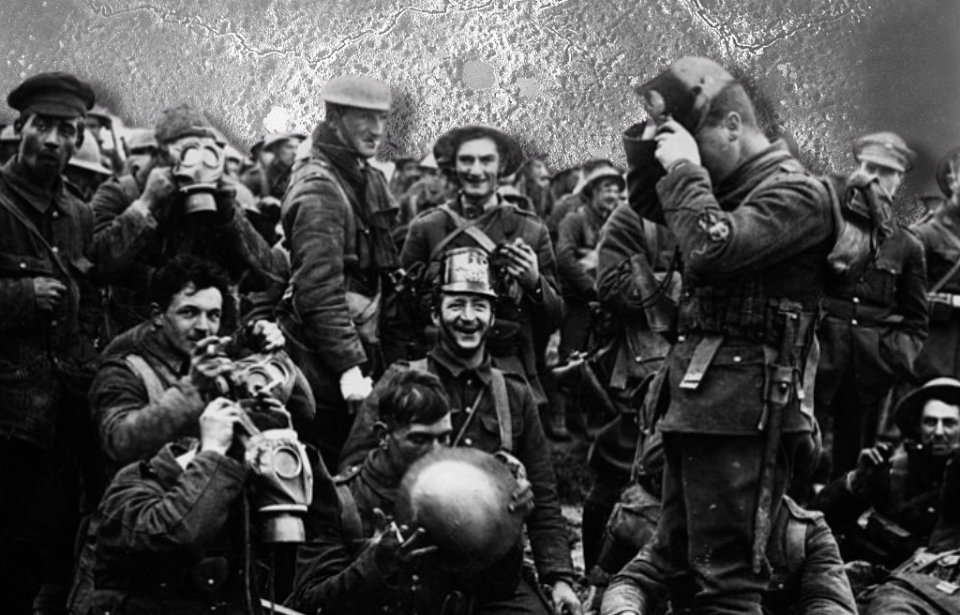Military historians have often overlooked the Battle of St Eloi Craters that occurred during the First World War. Perhaps this lack of interest is due to it being a Canadian offensive, or maybe it’s because it was an insignificant engagement in the grand scheme of things. Whatever the reason, it should be discussed, if only for the complete failure in leadership that dealt a devastating blow for the Canadian Corps.
How did St Eloi get its craters?
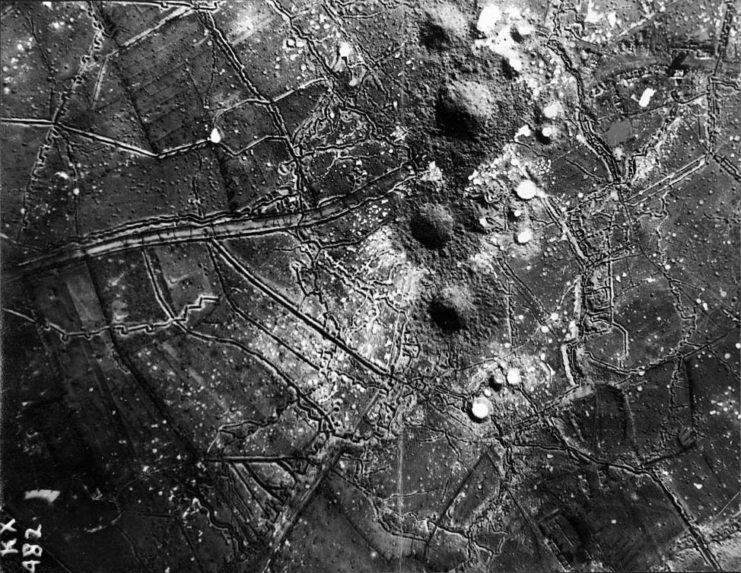
The Battle of St Eloi Craters was fought between March 27 – April 16, 1916.
By the latter half of 1915, the Allies and the Central Powers were using extensive mining as a part of their trench warfare. St Eloi was located approximately three miles south of Ypres, and both the Allies and the Germans spent the majority of the year mining and countermining the town.
By early 1916, 30 British and German mines were in the small confines of the area. On March 27, the British forces detonated six of them, signaling the start of the battle. The explosions were heard all the way to England, collapsed German trenches and wiped out any existing landmarks on the battlefield. Four of the six blew up so close to each other that an impassible lake was formed, spanning 165 feet across and reaching 45 feet in depth.
Fighting within the craters
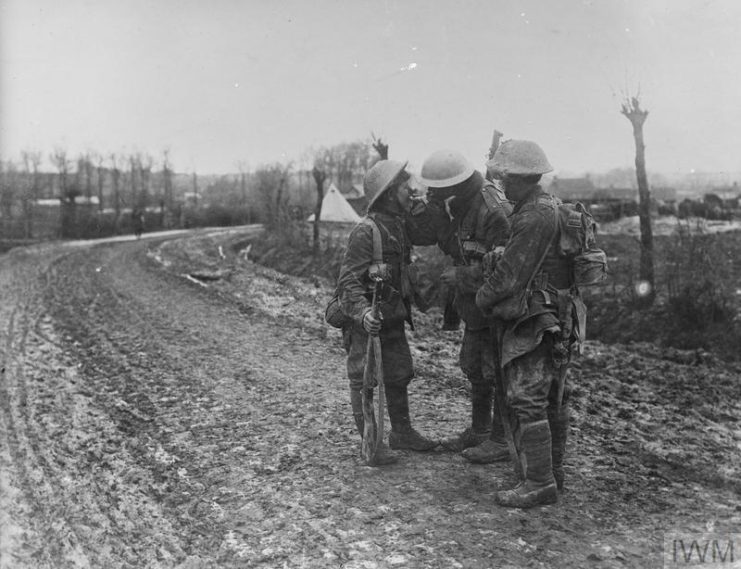
British soldiers were forced to fight within the craters for the first week of the battle at St Eloi. The explosions had completely disrupted the landscape in No Man’s Land, causing the troops to become confused and allowing the Germans to reoccupy portions of the line.
For one week, the British fought in nightmarish conditions. The weather was horrific; the soldiers dealt with high winds, rain and sleet. They stood or crouched in waist-deep water, unable to sit because of how much had accumulated. On top of this, they also had to fight hand-to-hand combat against the Germans within the craters.
Initially, Canadian troops were supposed to replace the British on the night of April 6. However, the decision was made to have them relieve the exhausted soldiers three days earlier than initially planned, on April 3.
Enter the inexperienced Canadians
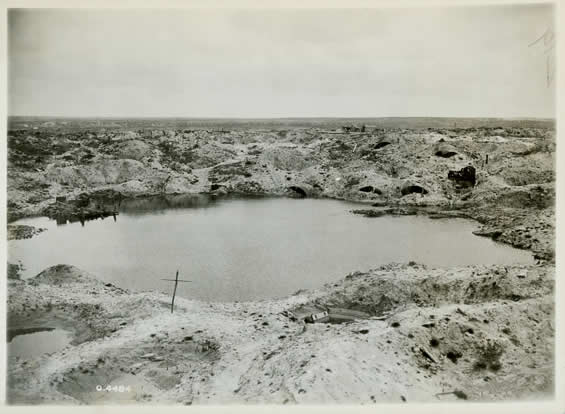
The 2nd Canadian Division had been rushed to the Western Front in September 1915 to join the 1st Division. The two formed the Canadian Corps and were stationed near the Ypres sector. Under the command of Gen. Edwin Alderson, they had yet to see action and were excited to get their first taste of battle.
Since they were rushed into battle, the Canadian Corps had very little time to prepare. With no battle experience, they only had a very vague idea of where they were, relative to the enemy.
Chaos ensues at the Battle of St Eloi Craters
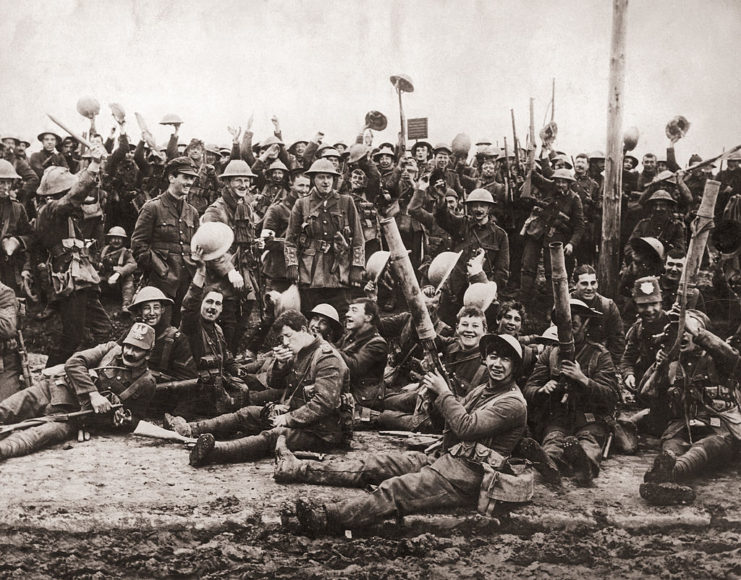
The horrific state of the trenches had an impact on the Canadian Corps. Pvt. Fraser said this on his experience, “When day broke, the sights that met our gaze were so horrible and ghastly that they beggar description. Heads, arms and legs were protruding from the mud at every yard and dear knows how many bodies the earth swallowed.”
The Canadian Corps found themselves standing in two to three feet of water in the trenches, as the natural drainage in the area had been destroyed by shell fire. The continuous defensive trench had been destroyed by German shells, meaning the Canadian soldiers were forced to inhabit shell craters.
Throughout April 4 – 5, the entire Canadian front was intensely bombarded, resulting in many casualties. As a result, battalion commander Lt. Col. I.R. Snider was forced to thin out his frontline to avoid any more deaths However, this made the Canadians more vulnerable to a German infantry assault.
The weather kept aerial reconnaissance to a minimum. This, combined with the enemy artillery barrages, meant the Canadian Corps wasn’t really sure what was happening. There was hardly any communication between the front and rear lines.
On April 6, two German battalions attacked the ruins of the main road. The already confused Canadians lost communication and were pushed back. By the night of April 8, the Canadian leadership had essentially lost control of the situation and no longer knew what craters they held onto and which ones the Germans controlled.
For another two weeks, the Canadians and Germans continued to shell each other. On the night of April 17, the former attempted to fight off another raid by the latter. The pouring rain caused the Canadians’ guns to stop firing – half of the soldiers were stuck in the craters, while the others tried to crawl away, defenseless.
The Battle of St Eloi Craters ended with the German’s gaining control of the battlefield. More than 1,370 Canadians were killed or wounded, along with around 480 German casualties.
Totally incompetent leaders
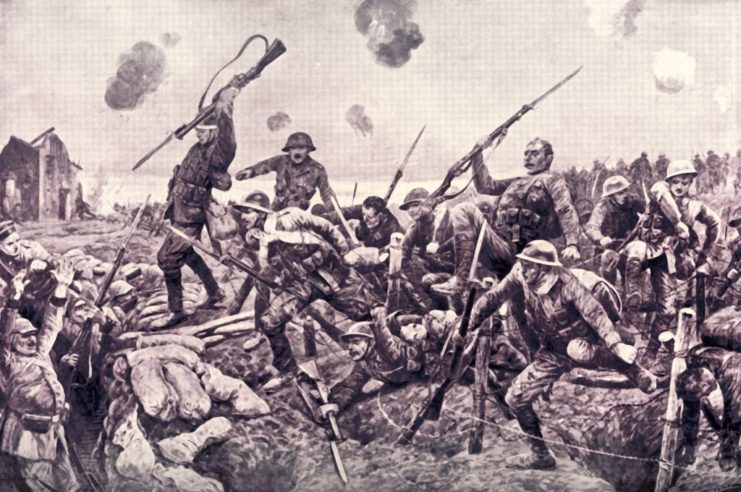
The breakdown of the Canadian Corps at St Eloi was the result of a lack of communication. This was a constant theme throughout the First World War and wasn’t just isolated to the Battle of St Eloi Craters. In the town, the constant bombardment made it hard for the Canadians to keep telephone wires from being cut, and it was nearly impossible to lay new lines. Similarly, many didn’t have any battle experience, so they were hesitant to stand above the trenches.
The Canadians couldn’t use aerial photography to get a sense of the battlefield because of the weather. This meant that those in command didn’t have accurate battlefield intelligence.
However, military leaders did fail to act upon the information they did have. Officers could have been sent to the front to figure out what was happening, and information that was received wasn’t analyzed. Those in charge made no attempt to understand the situation better, and the inexperienced Canadian troops were sent to the frontline effectively blind.
More significantly, the military leaders must be blamed for inserting a new division into the lines at St Eloi. The German’s had the advantage when the Canadians relieved the British and continued to press the inexperienced troops. The newcomers were ill-prepared and -advised by their commanding officers and this resulted in a devastating blow to the Allies.
More from us: Tommies: Did The Endearing Term for British Soldiers Actually Originate During WWI?
Senior officer Douglas Haig blamed Edwin Alderson for the crushing blow, and he was replaced by Lt. Gen. Julian Byng as the commander of the Canadian Corps. Today, the craters at St Eloi are used as a recreational fishing hole.
